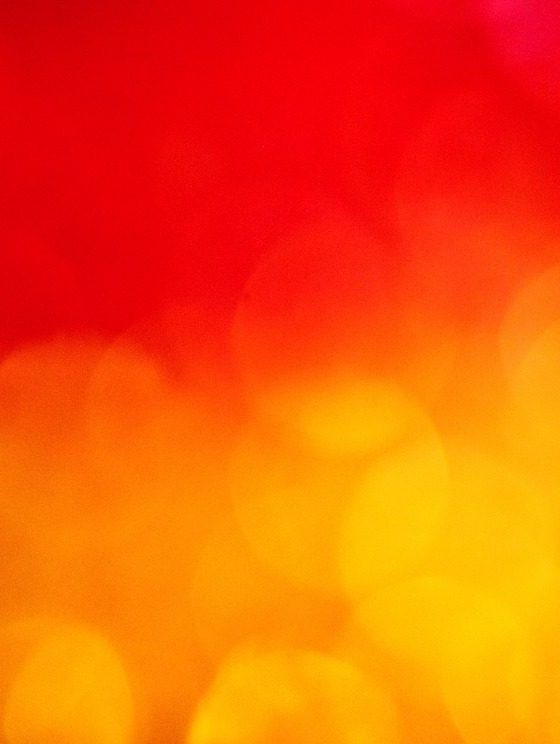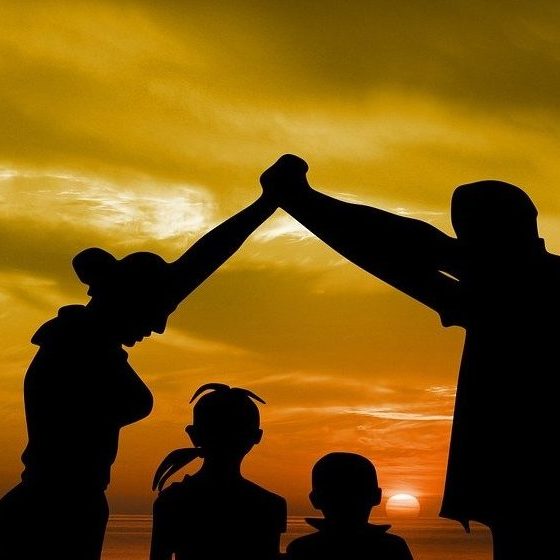“Imagine there’s no Heaven,” sang John Lennon. “No Hell below us, above us only sky,” he went on. In a way, he was right.
The wisdom of Kabbalah teaches that Heaven and Hell are not places, but states in our relationships with one another. Hell is when we cannot stand each other, a bit like today except that we are more aware of our hatred, and Heaven is when we love each other as we love ourselves, pure and simple.
There are no people, animals, plants, or minerals in the wisdom of Kabbalah, no places, times, or movements. When Kabbalah books discuss relationships between people, or describe journeys from one place to another, they are actually using them as symbols to describe people’s relationships with one another, and how much love there is between them.
“Hell is when we cannot stand each other, a bit like today except that we are more aware of our hatred, and Heaven is when we love each other as we love ourselves, pure and simple.”
That quality of love, by the way, is what we refer to as the “Creator.” He, too, is not some entity or a deity in the sense that religions think about Him. He (or rather It) is the quality of love, the nature of love.
When a person acquires the nature of love, it is regarded as attainment of the Creator, and then that person is considered to be in Heaven. When we discover how hateful we are toward each other, that our relationships are based on exploitation, manipulation, and abuse, then we are clearly in Hell. But if we already know that we are in Hell, then we are probably on our way out of it, since now we can begin to change ourselves, to correct our nature from absolute self-absorption to caring and benevolence.
It turns out that according to Kabbalah, we determine whether we are in Heaven or in Hell, and we determine it according to our relation toward others. So, simply put, Hell is total hatred, Heaven is pure love. Doesn’t it make perfect sense?











